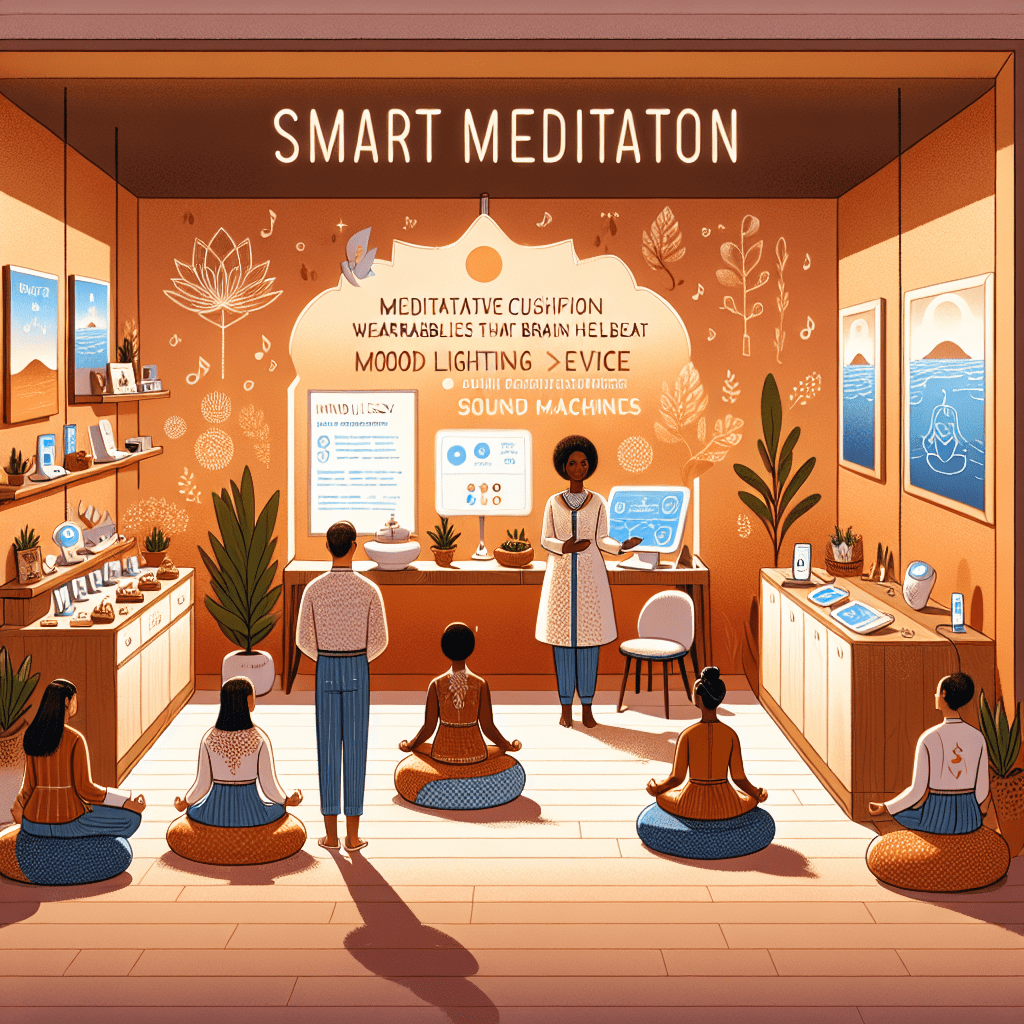
Prioritize your mental well-being daily. Enhance your life by nurturing your mental health with the Smart Meditation app. Break free from stress, alleviate anxiety, and enhance your sleep quality starting today.
How To Get Disability For Anxiety And Depression?
Unlock the Door to Support: Navigating Disability Benefits for Anxiety and Depression
In the ever-twisting, turning journey of life, facing the Goliaths of anxiety and depression can feel like an uphill battle. For some, the struggle transcends the realm of emotional and mental health challenges, seeping into daily routines, work, and one’s ability to earn a livelihood. Here’s where the silver lining peeks through – the possibility of obtaining disability benefits for those buffeted by the storms of anxiety and depression. However, charting these waters requires more than just a compass; it demands a thorough roadmap.
Understanding The Eligibility Criteria
First things first, let’s cut through the chase: Not everyone who experiences anxiety and depression will qualify for disability benefits. The Social Security Administration (SSA) has set the bar high, looking for proof that your condition is more than just a bad day or a week-long funk. We’re talking about severe and chronic conditions that put a giant wrench in your ability to function, particularly at work. Here’s a rundown of what SSA keeps an eye out for: Medical documentation: Break out those doctor’s notes because SSA wants to see them. We’re talking about a thorough medical history, treatment records, and detailed statements from your healthcare providers. Severity of condition: SSA isn’t looking for mild or moderate symptoms. They want to know about the big guns — symptoms so severe they significantly limit your capacity to perform basic work-related activities. Duration: Your condition should have been kicking your butt for at least 12 months, or be expected to do so.
Crafting a Watertight Application
Alright, so you’ve checked off the eligibility criteria, but how do you make your application stand out? Here’s where you strap on your game face and get down to brass tacks:
-
Gather Your Troops: This means lassoing together every piece of medical evidence you have. Surgeon’s reports, psychiatrist’s notes, therapy session summaries – the whole nine yards. Ensure these documents highlight how your anxiety and depression have thrown a spanner in the works of your daily functioning.
-
Personal Statement: Here’s where you get personal. Draft a compelling narrative about your day-to-day struggles. Don’t just scratch the surface; dive deep. How does anxiety and depression affect your ability to work, interact with others, and perform basic self-care? Make it vivid, make it real.
-
Third-party Correspondence: Letters from family, friends, or co-workers can add another dimension to your application. These should outline their observations about your condition’s impact on your life. Remember, it’s one thing for you to tell your story; it’s another for others to corroborate it.
-
Legal Eagle: Sometimes, going it alone just doesn’t cut the mustard. Consider roping in a disability lawyer or advocate. These pros know the ins and outs of the system and can help steer your application through the murky waters of bureaucracy.
The Waiting Game
Patience is a virtue, and nowhere is this truer than when waiting for a response from SSA. The wheels of bureaucracy grind slowly, but persistence is key. If at first you don’t succeed, dust yourself off and appeal. Many a time, perseverance is what tips the scales in favor of applicants.
Remember, obtaining disability benefits for anxiety and depression is not a far-fetched dream. With the right ammo and strategy, you can turn the tides in your favor. So gear up, stay informed, and march on – your peace of mind and financial stability are worth fighting for.





